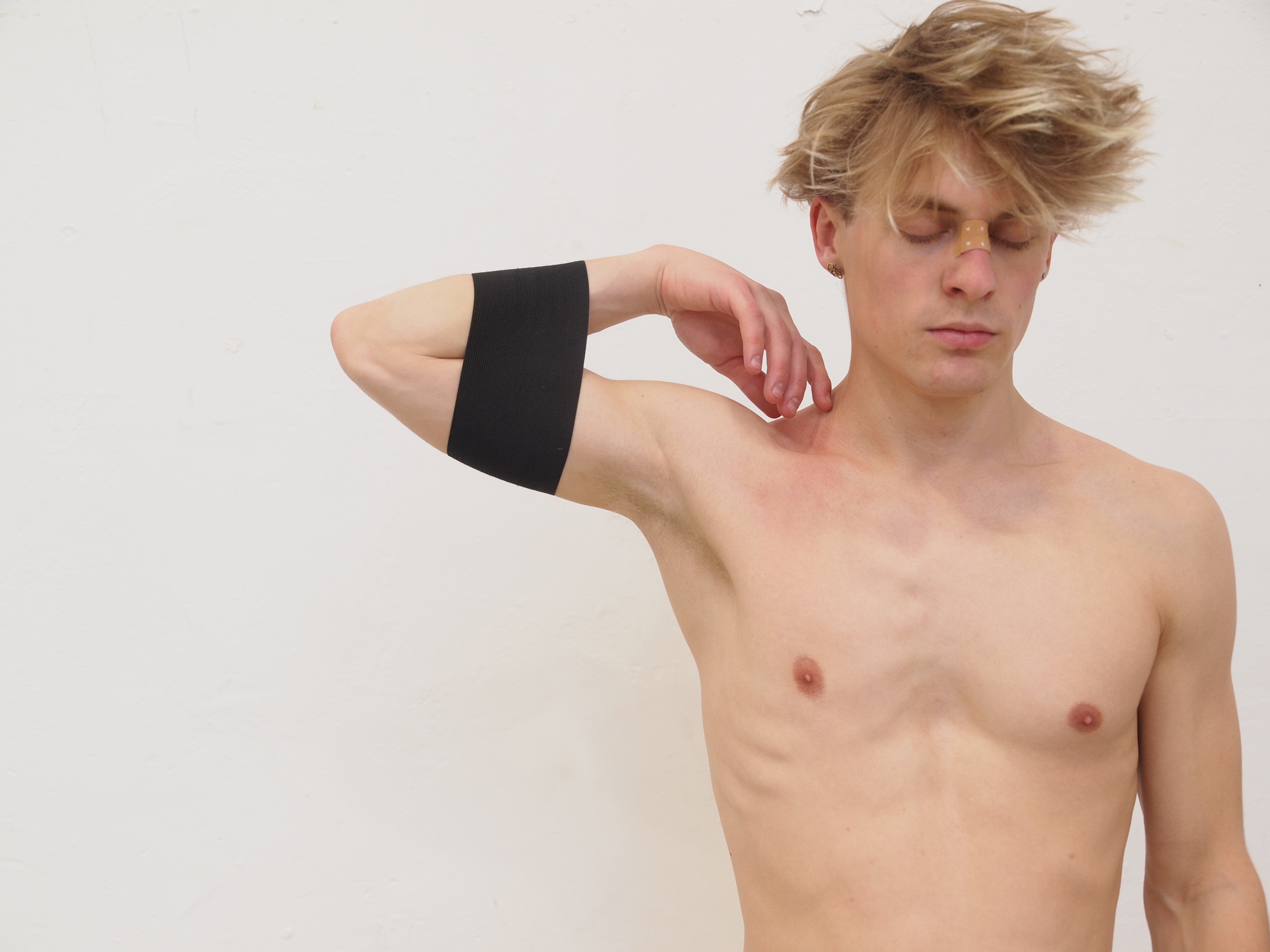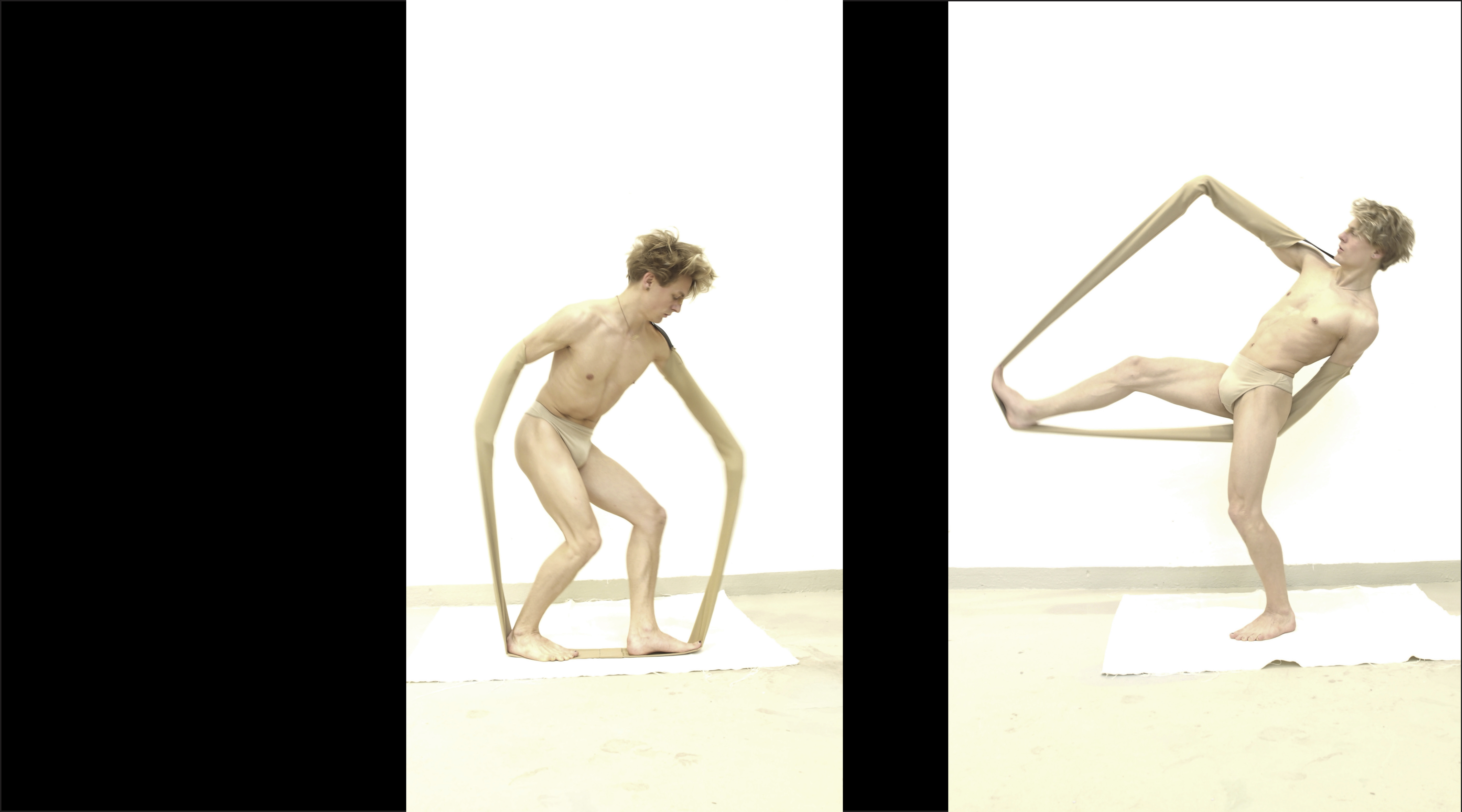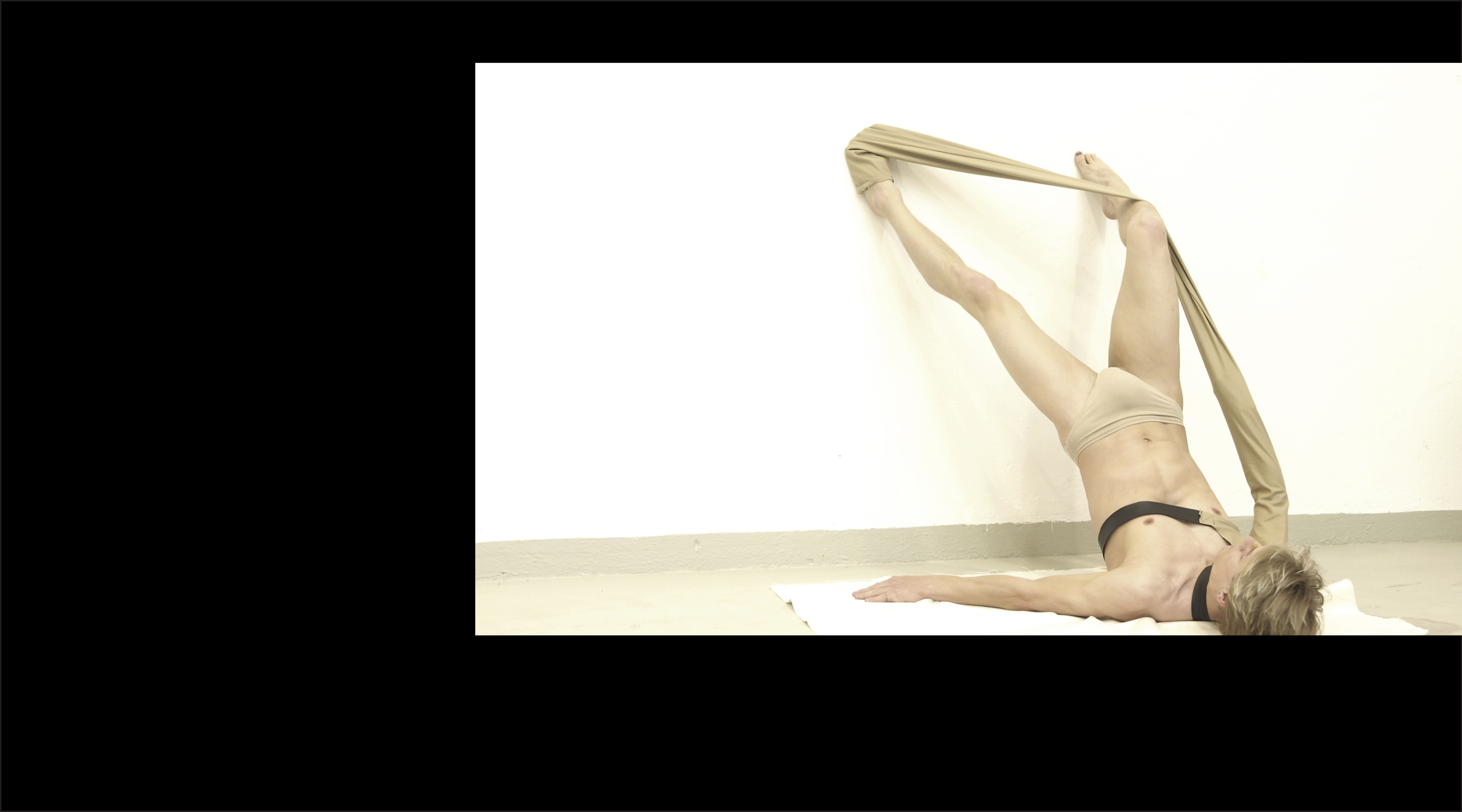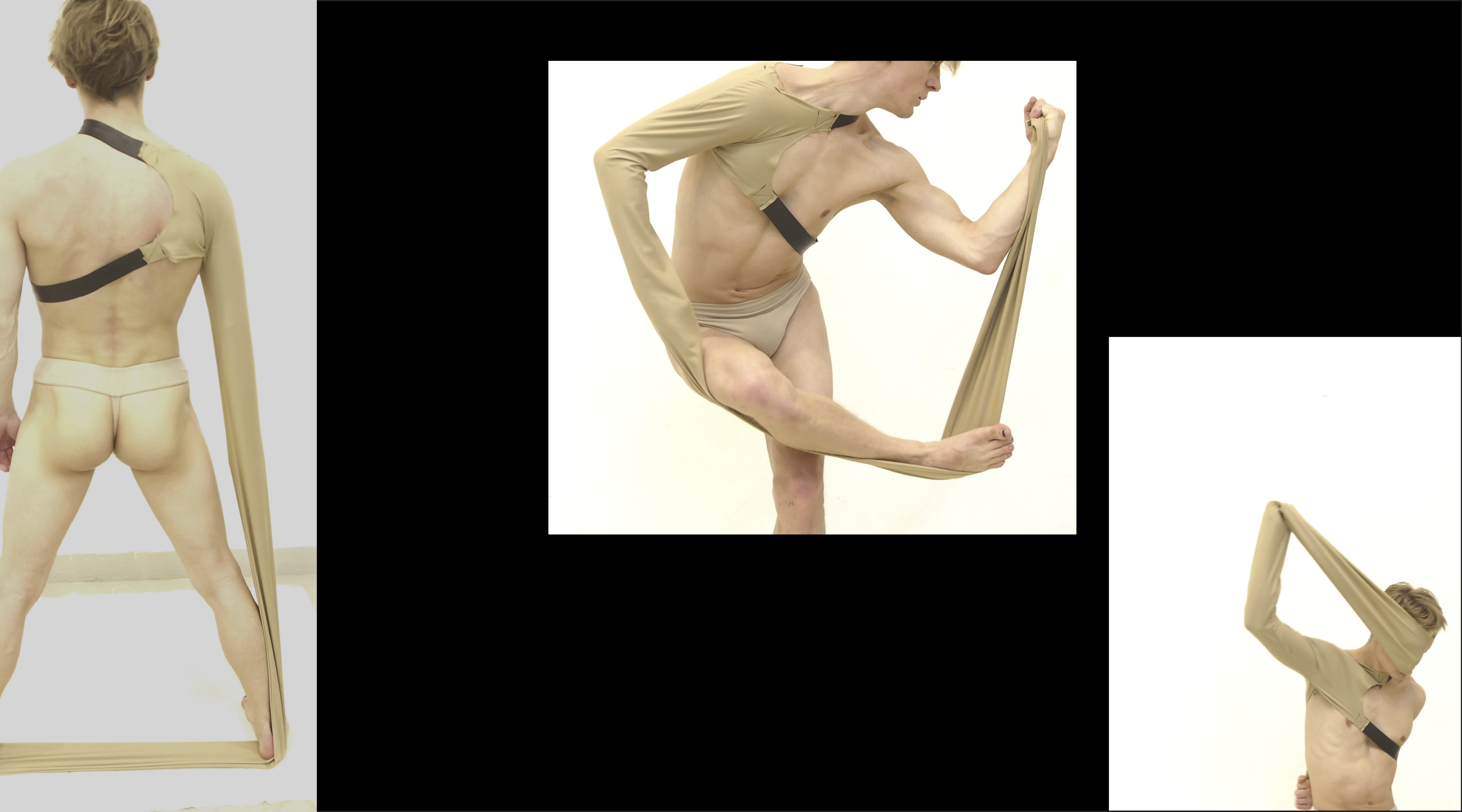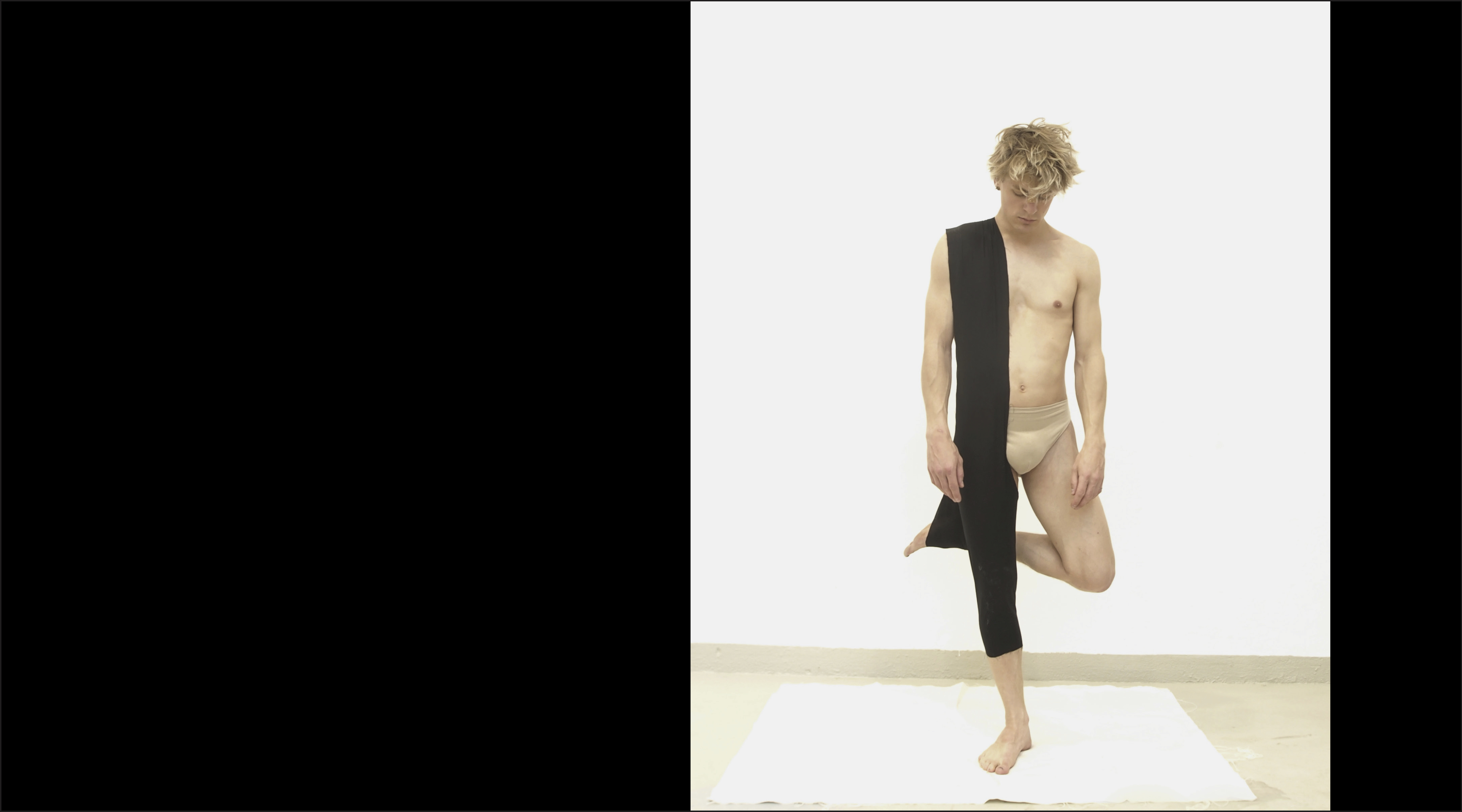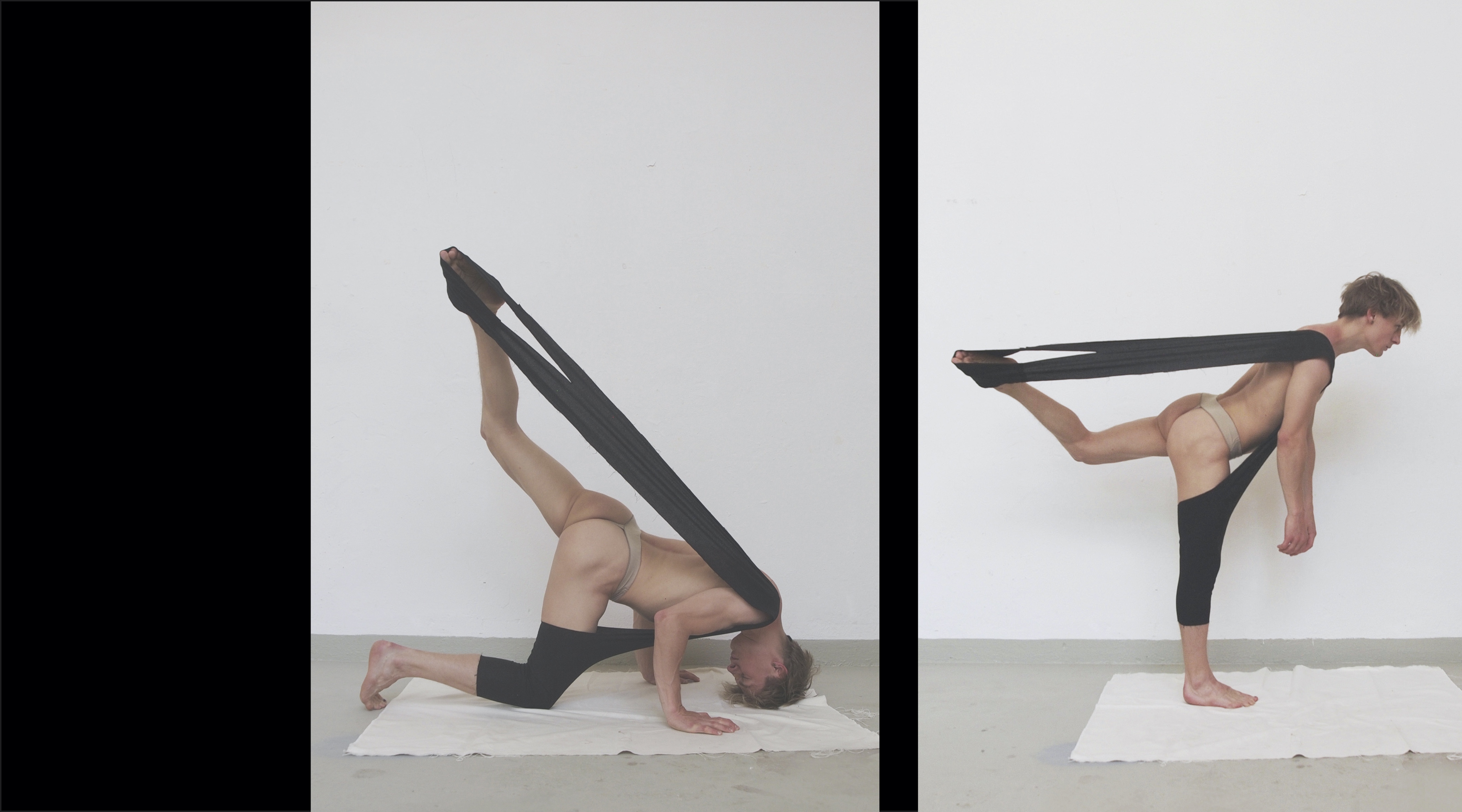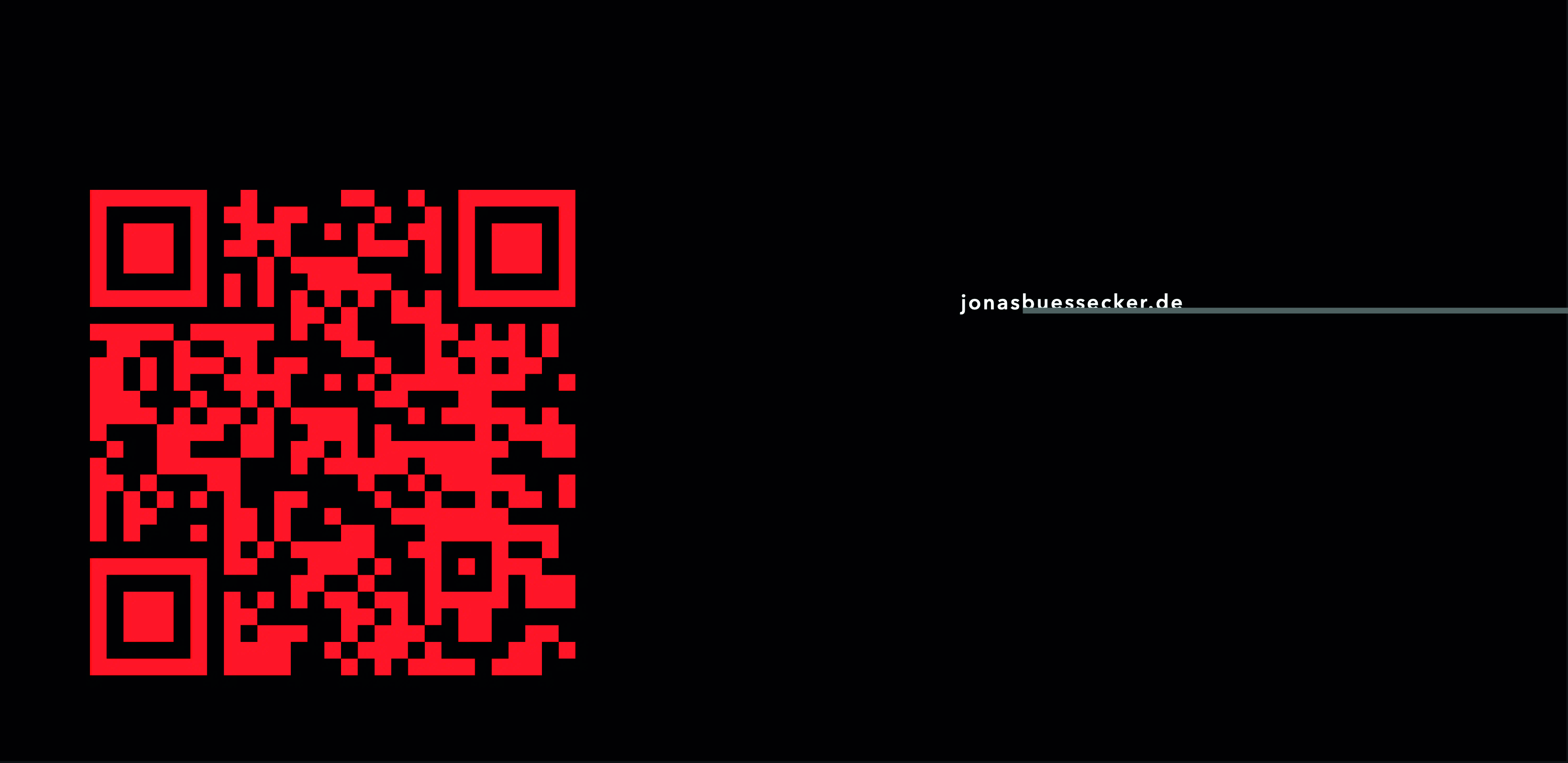body as prosthesis_Jonas Büßecker
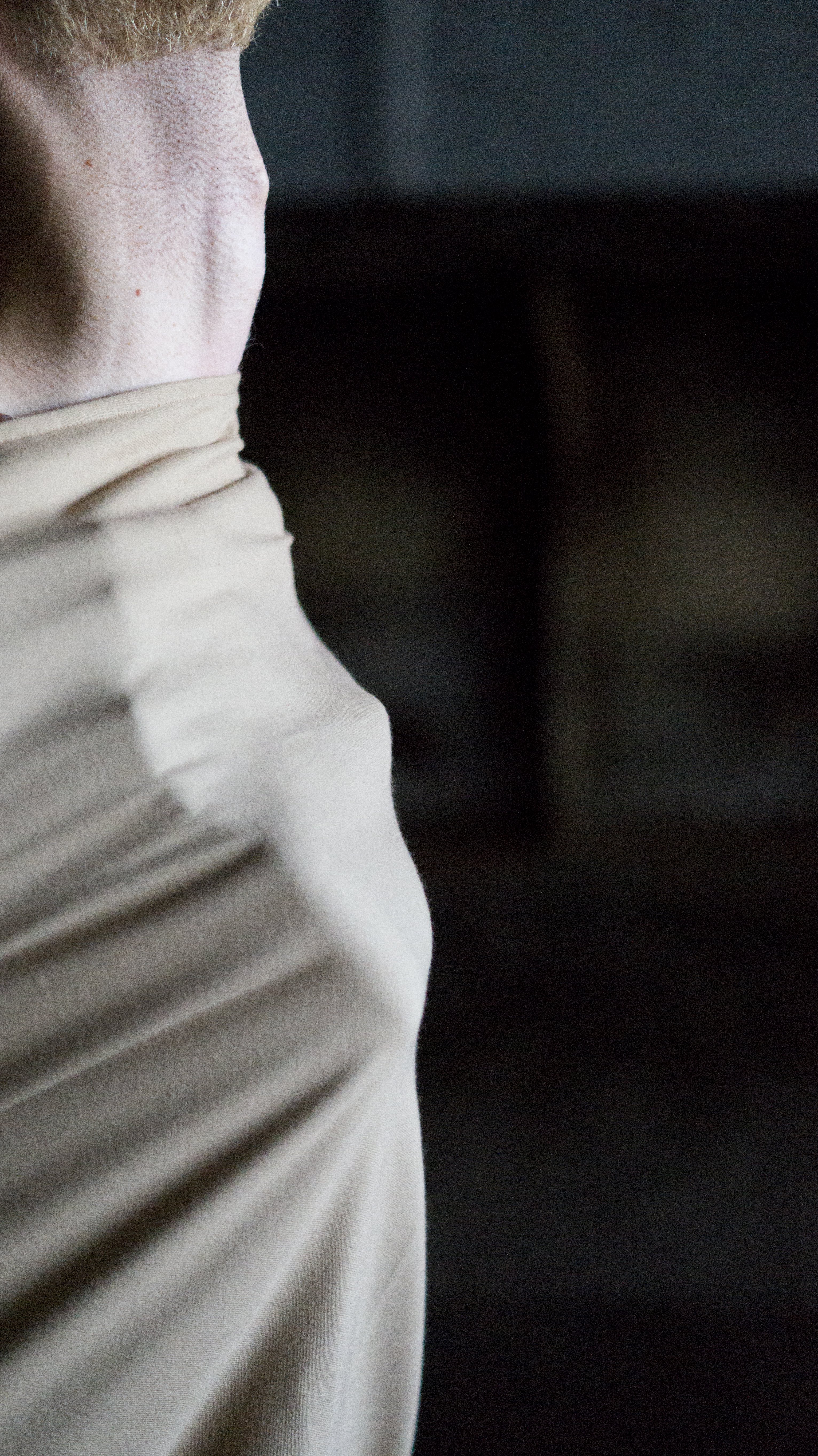
In his work Jonas Büßecker declines the aesthetic moment of tension with a self-evident like consequence. He is interested in the sphere of activity of that moment – the gap between space and body. Since 2016, Büßecker, born in 1990, has lived and worked in Berlin. Through space-consuming installations and body-related sculptures, Büßecker elaborates on the dependence of space and body. Movements are integral aesthetics components of his sculptural work, even though you won't find anything moving within those pieces. While watching the rigid object, movements might be visible within the imagination of the spectator, an idea of what could happen, invented motions in front of the inner eye. It seems like it is the artist's objective to understand and make visible what’s always in a state of flux.
In his work Jonas Büßecker declines the aesthetic moment of tension with a self-evident like consequence. He is interested in the sphere of activity of that moment – the gap between space and body.
In body as prothesis, Büßecker intends to follow the blurring of the borders of said bodily tension and his work immanent movement. The human body isn’t merely a reference magnitude of the arts anymore, it becomes an actual component of the installation. The artwork isn’t solely observable anymore, the artwork eyes back. As an addition to his earlier artwork, now performers are present within the sculpture, since his latest work will solely be complemented with the existent human body and its movements. The body isn’t merely addressed through its absence here, but rather in conversation with other bodies present in the space. It's an attempt to eliminate the segregation between the spectator and the artwork. Using a sculptural perspective on fashion, which forms and veiled the body as well as re_locate proportions, Büßecker establishes an installative stage to open the space for a collaboration with performance- artist from the Berlin drag-community. Those artists are used to utilizing their bodies as instruments to create alter egos and playful illusions around appearance, gender, and power. The genre of drag implies such an understanding of using one's body—thus it makes the drag performer so exciting for Büßecker to team up with. The artform of drag uses clothes, makeup, and movement to stage common gender roles as well as to question them. The origin of this subversive praxis is the Black and queer subculture, the ballroom culture of Harlem (NYC) starting in the 70/80ths. It’s inevitable to honor this praxis of expression of the LGTBIQ*- movement, which was mostly conceived, fought for and established by Black trans* people. In Büßecker’s work, Absinthia Absolut, The Darvish, and KatanaSix are interpreting this genre in a new contemporary context. Through the derestriction of this art form in collaboration with the drag-artists in question, Jonas Büßecker investigates on how much we have to assimilate objects and items to optimize our bodies. Meant are those objects, which from an everyday-like view are merely an expansion of our bodies – shoes are an extension to our feet, cloth of the skin, and the computer is an expansion of the brain. In body as prosthesis, the artist flips the situation and asks if it's possible to understand the body not merely as a reference magnitude anymore, but rather as an expansion - as a prosthesis - of the arts and of the world which is surrounding us. Again, the in-between is in focus. If the body is the relevant reference at the contemplation of arts, where does the art ends, and where does the I start?
TEXT Mio Pröpper / Maja Smoszna
PERFORMANCE
_Absinthia Absolut https://www.instagram.com/absinthia_absolut/
_The Darvish https://www.instagram.com/thedarvishofficial/
_KatanaSix https://www.instagram.com/katanasix/
MODEL
Meo Wulf https://www.instagram.com/meo.wulf/
SOUND
Finn Nelé https://www.instagram.com/finn_nele/
VIDEO
Kaia https://www.instagram.com/kaia.lisa/
